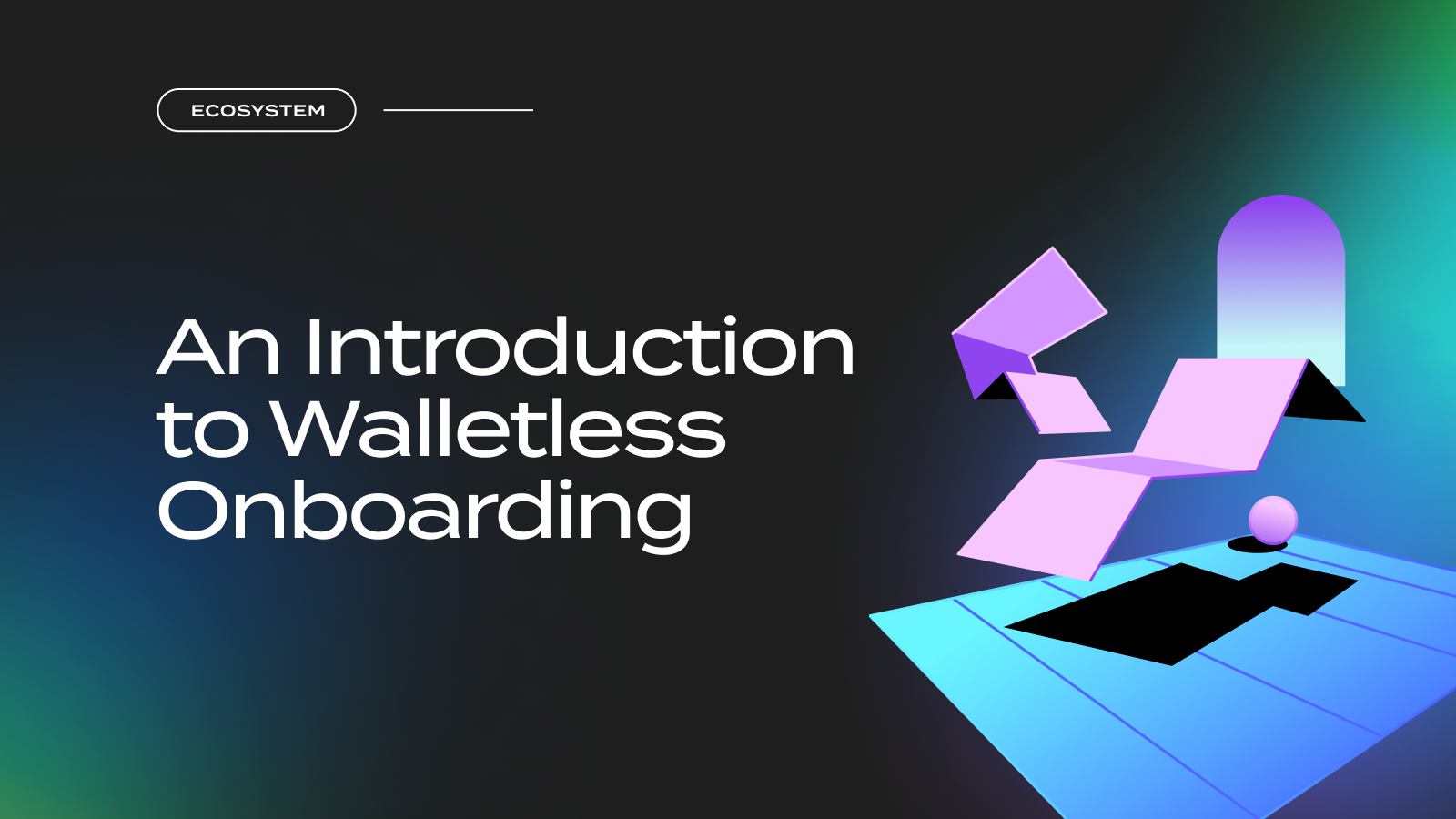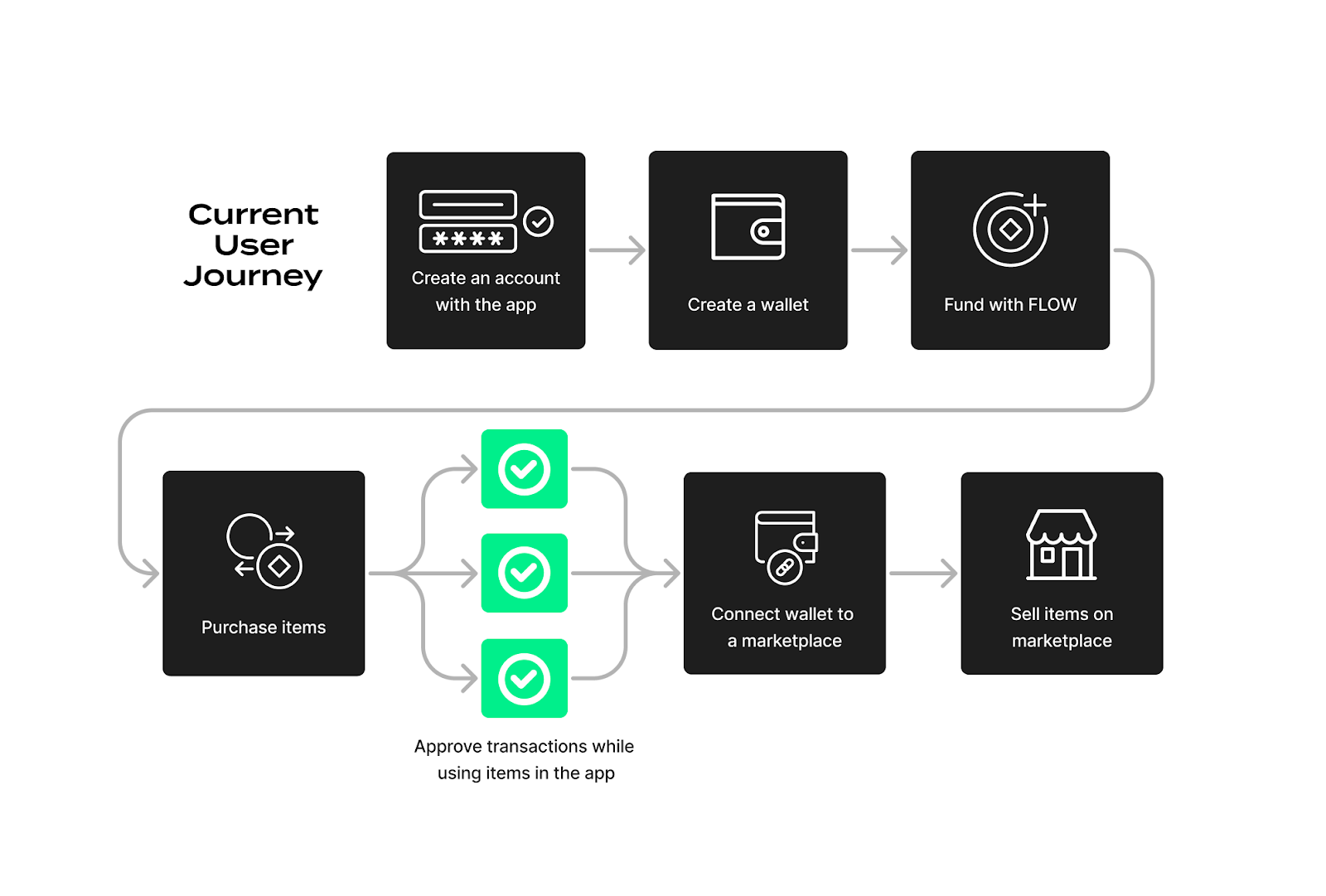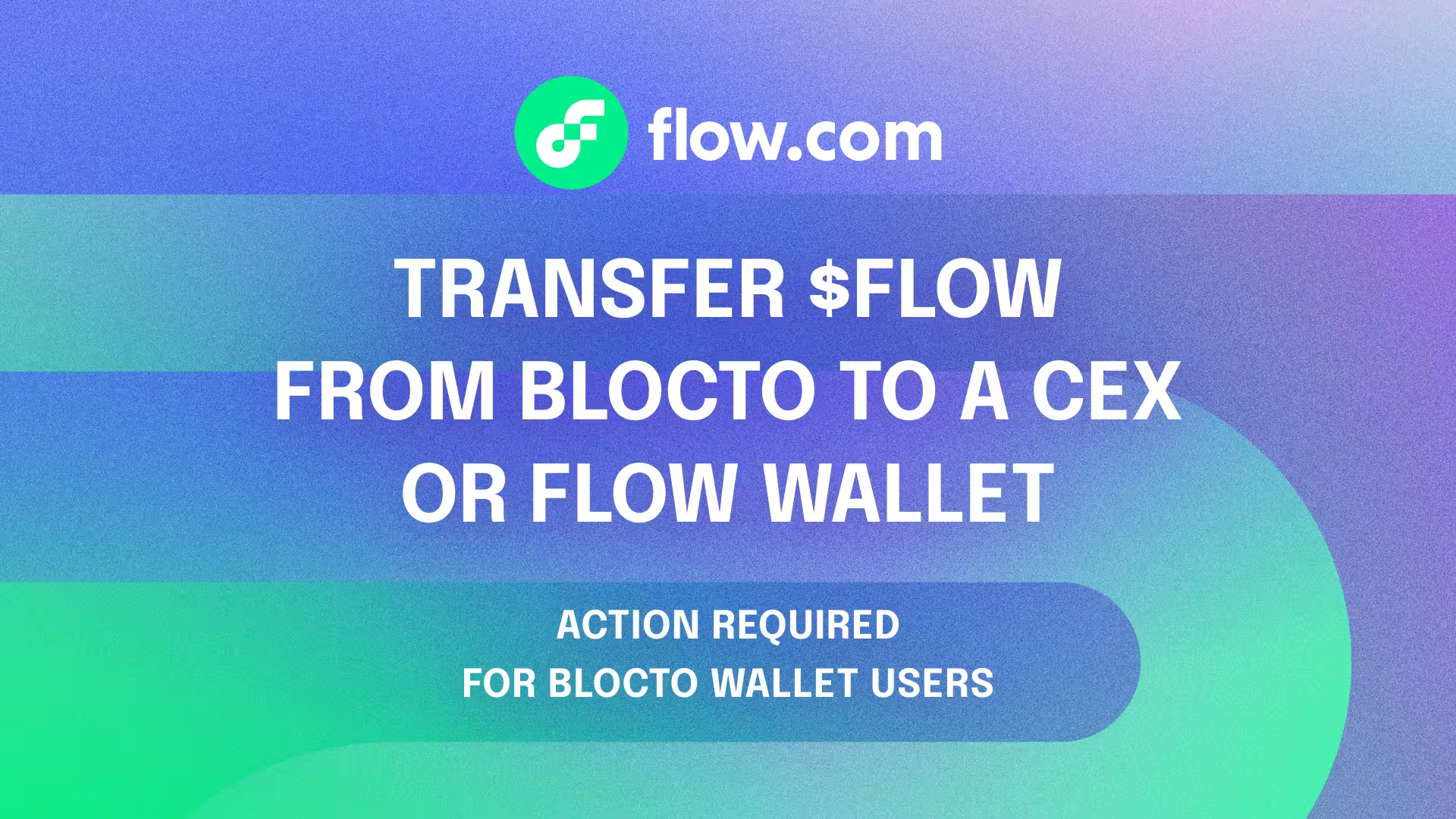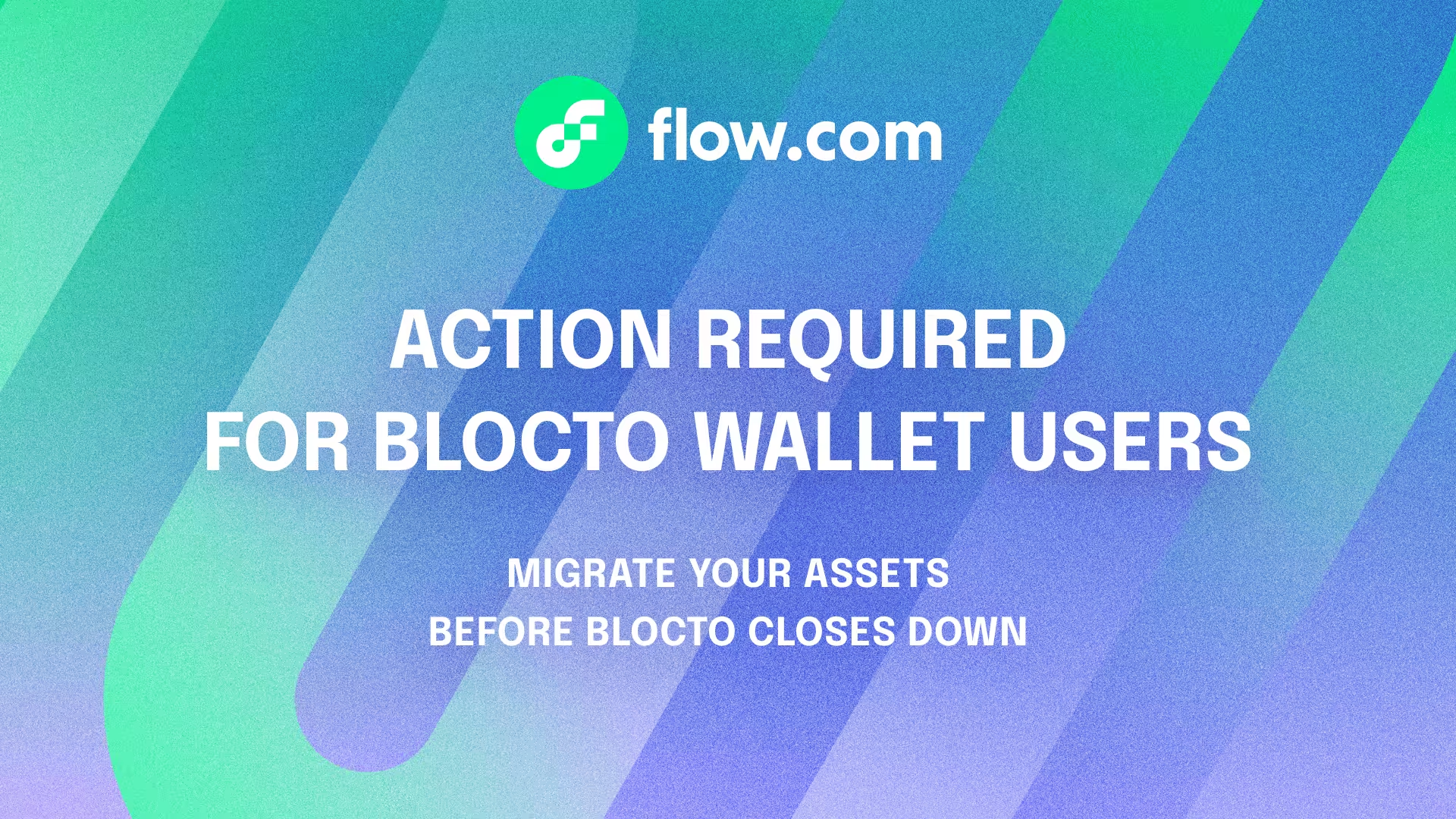Overcoming barriers to mainstream Web3 adoption with walletless onboarding on Flow

Web3 applications unlock tremendous value across our global community, creating new and exciting experiences that provide people with unprecedented opportunities for ownership and self-sovereignty. So, why haven’t more mainstream users embraced blockchain technology?
Moving from Web2 to Web3 can be overwhelming. Users are often asked to jump through too many hoops up front – like signing up for a self-custody wallet, remembering seed phrases, purchasing cryptocurrency, or signing transactions – before the value of Web3 is made clear. And once they begin using these apps, particularly in high-transaction scenarios, they often encounter jarring user experiences. The friction and learning curve associated with most Web3 apps can cause a wide swath of new users to run for the hills before they even get to experience a web app for the first time.

Minimizing user attrition with walletless onboarding
Developers can simplify the onboarding experience by helping new users to enter Web3 in phases – a process we’re referring to as walletless onboarding. Apps can abstract away the existence of the underlying blockchain from the user experience altogether, creating and managing an in-app custodial blockchain account for the user so they don’t have to worry about creating a wallet right away. Instead, the app handles all blockchain interactions without user oversight, and all collectibles are held within the user’s managed account.
App custody can deliver an effective onboarding experience for Web3 first-timers, and it provides an opportunity to experience the value of an app up front. However, it falls short of fully empowering people with the key benefits of blockchain technology, such as real ownership and control over the digital items purchased or accrued through the use of the app. Since the app has custody over the person’s account and the items stored within, these items are effectively locked within the app experience. It’s difficult for people to move the items out of the app, especially if they’re completely new to Web3 – and if the app shuts down, the owner may permanently lose access to them.
To help users avoid these limitations, a seamless path needs to be defined for people to ultimately take full ownership of the digital items within their app accounts whenever they decide to do so. Developers can help facilitate this journey by creating experiences that demonstrate the value of digital ownership to users as a core value proposition of the app itself. As users spend more time with the app, they will have more exposure to the benefits of real ownership through self custody of their digital items.
When a user is ready to take full ownership, they can create a self-custody wallet and learn how to transfer items from the in-app account into the new self-custody wallet. However, once these items are transferred out to the self-custody wallet, the user loses the ability to continue using these items in the app – leaving them stuck choosing between app custody and self custody.

Introducing hybrid custody – the best of app custody and self custody
On Flow, we’re adopting a new approach that can deliver the benefits of both app custody and self custody to people using Web3 apps, which we refer to as hybrid custody. This model uses account abstraction, specifically account delegation, to allow a blockchain account to opt in to being controlled by another account.
In practice, hybrid custody makes it possible for a user to seamlessly engage with their digital items, both within and outside of the original app. For example, if a user starts playing a game in which they purchased a deck of cards – minted as a NFT on Flow – hybrid custody makes it possible for the user to simultaneously hold the deck in a self-custody wallet while continuing to use the cards within the game. The app can also be authorized to sign transactions on the user’s behalf, significantly elevating the user experience by eliminating the need to approve transactions for each move. At the same time, the owner is free to take the deck of cards to other apps in the ecosystem, including listing them for sale on a marketplace.
With this account delegation model, the app account (the “child account”) delegates access to the user’s self-custody wallet (the “parent account”). The child account can continue to be used as it was previously by the app, but the parent account can now also be used to act on behalf of the child account.
By enabling both app custody and self custody within the app, developers can offer the benefits of both, including:
- Full user control of their assets in both their self-custody wallet and in-app account, while the app can continue to use the assets in the context of the app without an interrupted user experience through transaction approvals.
- App visibility into assets that the user holds in their self-custody wallet, and the ability to request temporary access for use within the app, if it makes sense to do so.
- The option for users to bring their assets with them elsewhere in the ecosystem of Web3 apps, while retaining the ability to seamlessly use them within the app.
Walletless onboarding and hybrid custody offer viable alternatives to the high-friction experiences that drive mainstream users away from Web3. As we work together to enable these solutions for the Flow ecosystem and beyond, we’ll be collectively empowered to help more people discover the autonomy and real ownership of blockchain-based experiences.
If you’re interested in walletless onboarding on Flow, please reach out as we’d love to discuss and build with you. You can also join us in our #developers channel on Discord or reach out to me on Twitter at @chrsackermann.


















